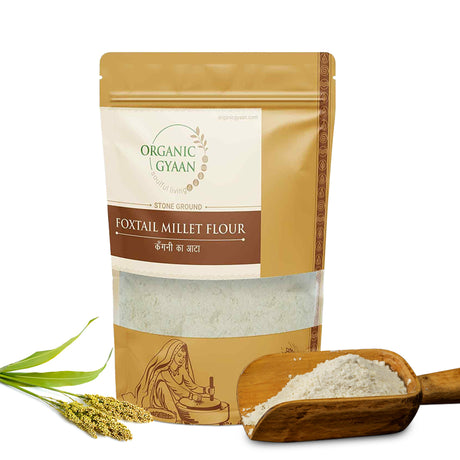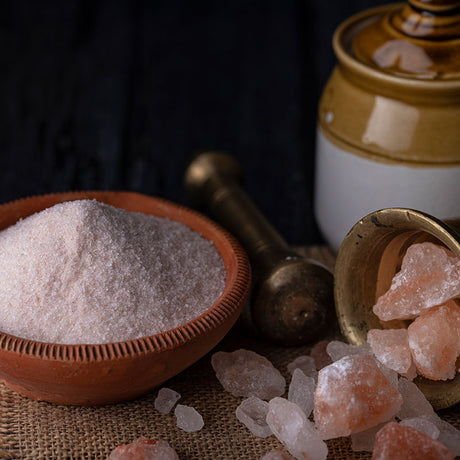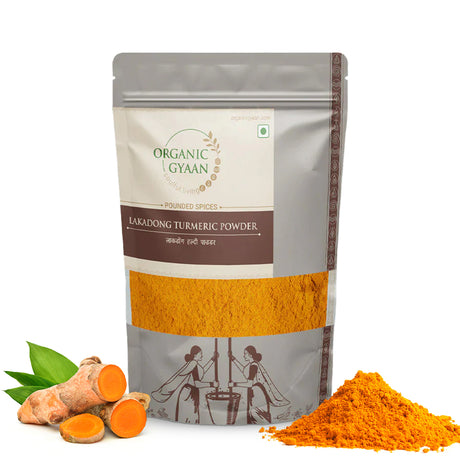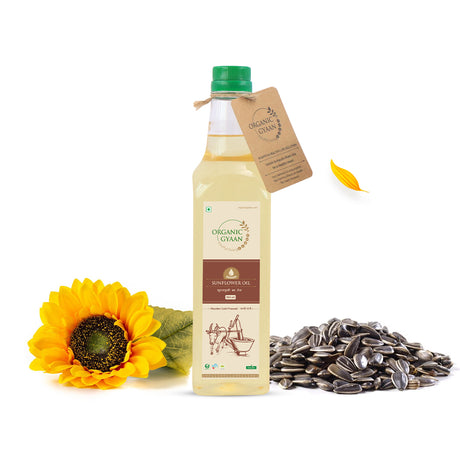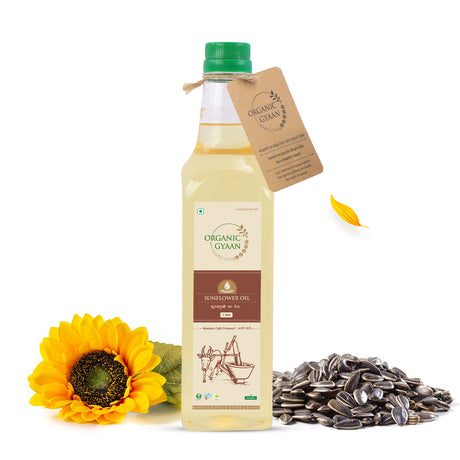It is said about Sanskars: 'जन्मना जायते शुद्र, संस्काराद् द्विज उच्यते।' Through Sanskars, a living being becomes resplendent like a gem. Sanskar, along with civilization and culture, constitutes our heritage, acting as both a protective shield and nourishment. Civilization refers to our way of life, encompassing dress and customs, while culture represents our overall lifestyle.
Sanskar, on the other hand, pertains to our conduct and thoughts. The process of continually enhancing the ordinary state of life is known as Sanskar, which means to improve, beautify, or modify. To achieve optimal outcomes in every aspect of life, our sages outlined a program of 16 rituals spanning from conception to death, aimed at elevating an individual's lifestyle to excellence.
1. Conception- Under this ritual, men and women pray for the birth of a good child.
2. Punsavan- This happens in the third month – at this time power is given through mantras.
3. Seemantonayan- This happens in the 7th and 8th month. In Marwari, it is called Sadh Puja. This is a mind development program for children. This is the time to resolve to make the child mentally strong.
Above mentioned three rituals are performed during pregnancy.
4. Jaatkarma- Under this, 'Om' is written on the child's tongue by dipping a silver wire in honey. This is a rite of passage immediately after birth.
5. Naming- In this, naming is done according to the zodiac sign. The vibration of the child comes from the name by which he is called. This is the vision statement of life.
6. Nishkraman Sanskar- When the child leaves the house for the first time. It means to interact with the external environment and society. That's why we first took him to the temple. Here there is a feeling of activation of all the five senses:
-
Seeing the idol (eyes)
-
Sound of the bell (ears)
-
The priest puts the crown of God on the head as a blessing (skin)
-
The fragrance of camphor aarti. Olfactory sense (nose)
-
Charanamrit affects the gustatory sense (tongue).
7. Annaprashana- This is done in the 6th month. When the child is old enough to take some solid food, he is first fed kheer with a silver rupee.
8. Chudakarma- Which is called Mundan or Jadula in Marwari. This is an important ritual of brain development. This is done around the 11th month when the child turns 1 year old. Due to hair falling on the head, sun rays fall on the head, due to which the child gets Vitamin K. This develops the brain. The child becomes brilliant.
9. Ear Piercing- The brain point is near the ear, ear piercing is done there. This provides energy to the brain and develops the brain.
10. Vidyarambh- On the auspicious time of Basant Panchami, after worshiping Saraswati, they give a slate, and first of all they get 'Om' written and called. This means that all the sound from opening the mouth to closing the mouth is included. In our culture, only Om is taught.
11. Upanayan- Janeu: Its three strings are the form of three Vedas.
12. Samavartan- Returning home after completing studies from Guru's house, this is the Samavartan Sanskar.
13. Marriage- It is a resolution that our relationship should be very good and friendly. This is Saptapadi.
14. Vanaprastha- Detachment practice from 60 to 75. To free oneself by handing over the responsibility of the household to the children.
15. Renunciation- Samyak Nyas is renunciation. May the journey of life be completed with the feeling of me and my God.
16. Funeral- This is performed by the elder son.
Sanskar shapes our nature and instills self-commitment, preserved through cultural rituals. The 16 Samskaras aim to purify and strengthen individuals for societal roles. Influences on Sanskar include:
1. Past Life Deeds: Some children naturally gravitate towards spiritual texts like the Geeta, influenced by their previous birth's actions.
2. Hereditary Values: Family and teachers impart deep-seated morals, shaping children significantly, as seen in historical figures like Veer Shivaji and Swami Vivekananda.
3. Educational Culture: While education informs, it often lacks in embedding deep cultural values.
4. Modern Lifestyle Changes: The rise of hotel culture and reliance on external help in homes is impacting traditional values and integrity.
5. Environmental Influences: Today's family dynamics and the prevalence of digital media shape children's values, often away from traditional norms.
Sanskar is the path of life and is the backbone of humanity. It is only on the strength of values that our society was energetic and will be able to become energetic. Take a flower for example, it does not bloom suddenly, for that we have to take care of proper air, water and soil arrangements, only then the plant develops and the flower blooms and spreads its fragrance. Carving even a rock reveals a beautiful shape. In the same way, values also work to shape a person.
The fragrance of flowers mixed with the subtle touch of air makes the entire surroundings fragrant. Similarly, virtuous conduct is for the welfare of all people.
Conclusion
Our values are in our hands, their preservation is extremely important. In the words of Swami Vivekananda – If there is a famine of grains, humans die; if there is a famine of values, humanity dies.




